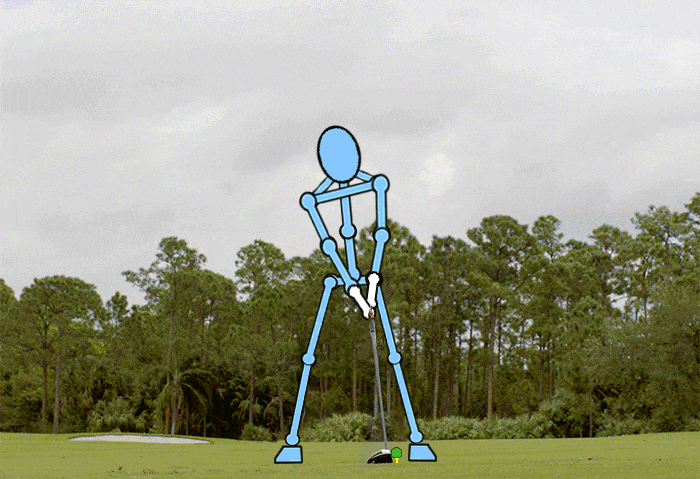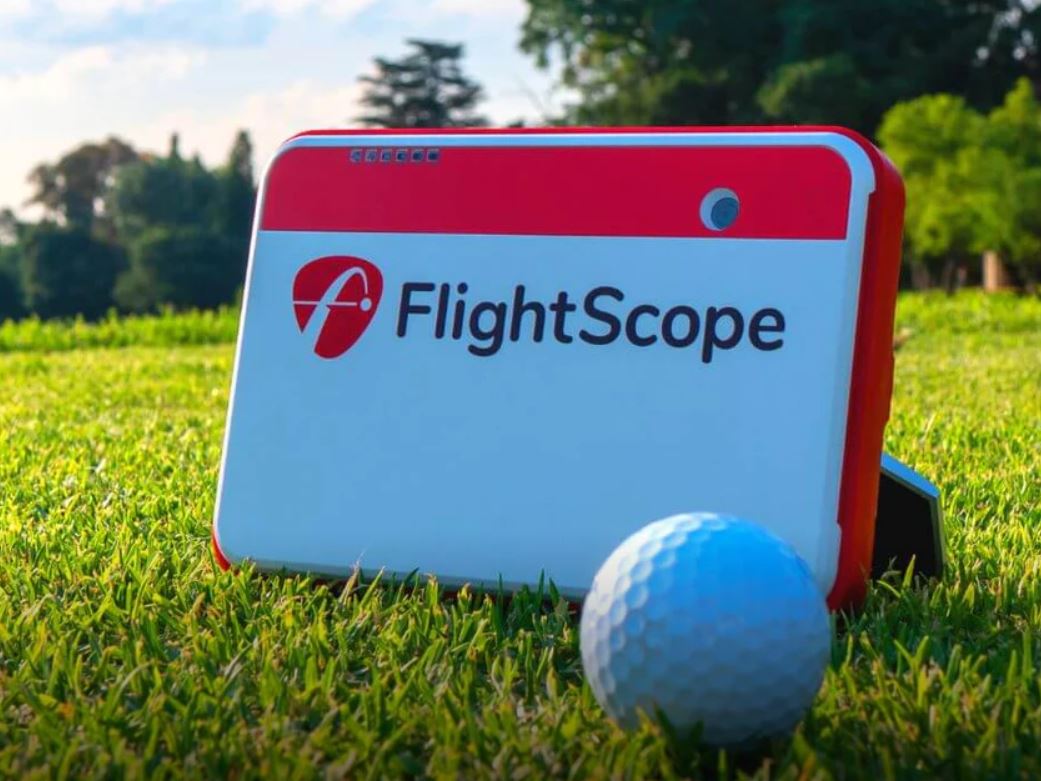
Understanding shot groupings is key to improving your game. These groupings highlight your carry distances and tendencies for left or right deviations, providing invaluable insight for better decision-making. This skill requires knowledge of your trajectory tendencies, carry distances, and roll. Being aware of the yardages for each club in your bag empowers you to make informed choices and avoid shots that are either too short or excessively long. With the right club in hand, every shot becomes a calculated step toward success.
Directly aiming for the pin isn't always the optimal strategy. Success often lies in understanding the ideal landing area on the green and selecting the right club to achieve the desired distance. For example, if you know your 9-iron tends to pull shots left of the target 75% of the time, it's wise to adjust your aim slightly to the right when using that club. When the pin is positioned at the back of the green, choosing a club that lands the ball in the front or middle section can allow it to roll toward the pin without overshooting. Thoughtful adjustments like these enhance your chances of executing precise and effective shots.




